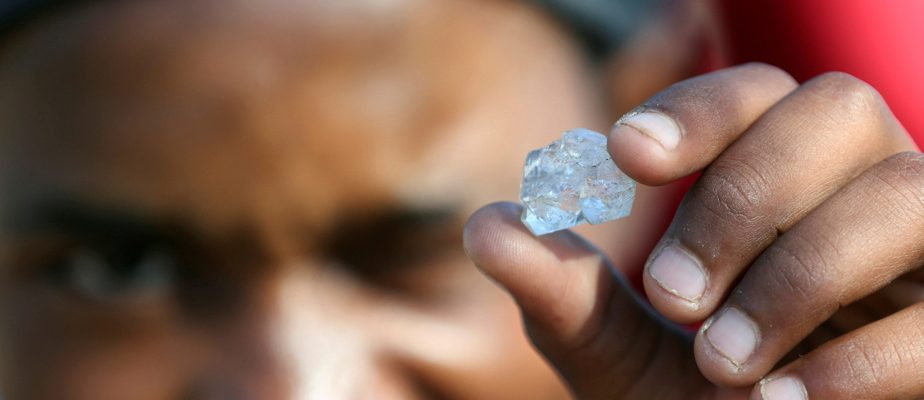The Quebec diamond had a short life, contrary to what is generally said about this precious stone. The first and only mine to ever see the light of day on Quebec territory has ceased operations, after eight years and investments of nearly $1 billion.
The Renard mine in Stornoway has not had an easy life. Problems arose from the start of its activities, such as equipment malfunctioning which crushed the recovered stones, already considered too small to have a good market value. Had it not been for the patience of its shareholders and the considerable amount of public money invested in the company, the life of the mine would probably have been even shorter.
There are rarely new entrants to the diamond industry and the market has been unforgiving for Stornoway. It’s a fairly unique sector. The resource is rare and concentrated in a few countries. Russia, which is the subject of international sanctions, is the main producer. The wholesale market is dominated by specialist buyers in Antwerp (Belgium), where rough stones are sold at auction, and by India, where the polishing of diamonds sold around the world is concentrated.

Buyers are spread across the world, but are mostly found in the United States.
The diamond market, in dollars, is largely intended for the manufacture of jewelry, a sector which is evolving in ups and downs. He is currently losing momentum. The giant De Beers, which has invitation-only gemstone sales where guests are required to purchase, dropped this purchasing requirement recently, reports the magazine Fortune. A sign, among others, that diamonds are losing their shine.
Difficult economic conditions and widespread inflation have something to do with it, but synthetic stone is certainly the elephant in the room that the traditional diamond industry continues to ignore. Lab-made diamonds are on the rise and are slowly but surely eating into the jewelry market.
Synthetic stones have two major advantages: they cost less and their environmental impact is less than that of diamonds extracted from mines.
The diamond industry has ethical standards to assure buyers that their stones do not come from countries in conflict or places in the world where workers’ rights are violated. But a mine, even if it is operated according to the rules of the art, remains a mine. New generations are more sensitive to the environmental footprint of traditional diamonds and more likely to be interested in lab-grown diamonds, which are identical in every way to traditional stones.
The managers of the Renard mine were not overly worried about competition from synthetic diamonds, but their market share has only grown since then. Statistics are still rare, but industry analysts suggest that the market share of laboratory diamonds would have increased from almost zero to 20% in five years, from 2018 to 2023.
Even Quebec is getting in on the act. While Quebec’s only diamond mine was failing, a small local company began manufacturing synthetic stones for jewelry.1.
The expensive Renard mine facilities in northern Quebec were of no interest to any other diamond producer in the world when they were put up for auction. An Australian miner looks set to acquire the whole thing for next to nothing to use it to process spodumene and lithium, materials critical to the energy transition because they are used in the manufacture of batteries for electric vehicles .
Who knows ? Spodumene and lithium are perhaps the new diamonds of Quebec.
1. Read “A Quebec synthetic diamond”
What is an ethically sourced diamond?
An ethically sourced diamond is one that does not violate human rights. This means that their income is not used to finance acts of terrorism or civil wars. Conflict-free diamonds come from ethical mines that enforce labor and environmental standards. They also help support local economies. In 2003, the Kimberley Process was launched by the United Nations General Assembly to regulate the trade and sale of illegal diamonds worldwide. All Ecksand diamonds and gemstones are sourced from conflict-free mines located in Canada, Botswana or Australia. Ecksand avoids middlemen by purchasing the gemstones directly from the mines. This also allows us to control the quality and origin of each Ecksand diamond.
